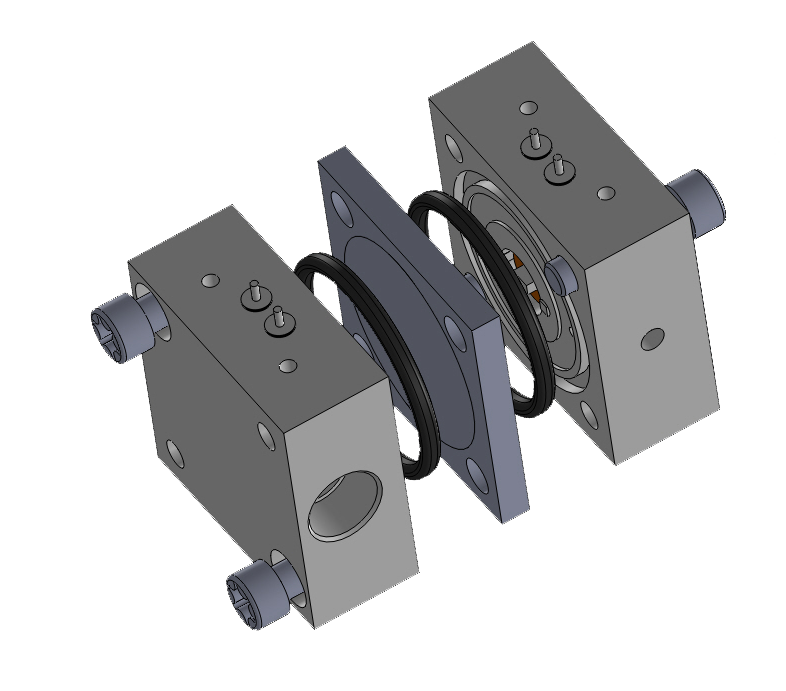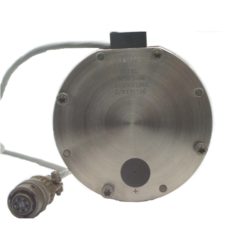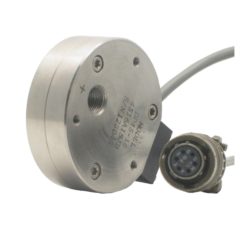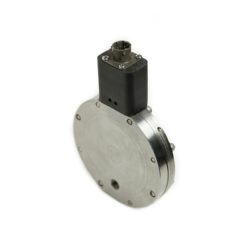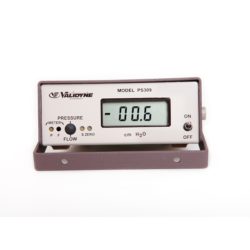Medical Research
Medical Research
Validyne pressure sensors and pressure transmitters have been used in the Medical Research industry for over 55 years.
- Full scale differential pressure ranges as low as ±0.008 psid
- High line pressure capability
- Wet-Wet differential
- Equal pressure inlet volumes
- Low acceleration sensitivity
- Field replaceable sensing diaphragms
- Low range: ±0.6 to 90 in.H2O FS
- Low internal volume
- Symmetrical construction
- Small volumetric displacement
- High natural frequency
- Portable, Lightweight Construction
- Internal Battery Operation or Optional AC Converter
- Absolute Gauge and Differential Ranges – 0.08 psi FS to 3200 psi FS
- All Surfaces in Contact with Media are Stainless Steel
- 2 Vdc Analog Output Standard
My first experience with Validyne pressure transducers was at the mechanical ventilator laboratory in medical school at Sao Paulo University-Brazil. The DP45 and CD280 were the choice of the researchers to evaluate analog data from measured pressure and flow waveforms because of their durability and reliability. Eight years later, I started working in the medical device industry in California and decided to bring the same setup to my workplace with addition of the DP15 transducer. Validyne pressure transducers have become my preferred tool for use in the clinical lab compared to all other medical devices I have worked with.
Clinical Research/Respiratory Device SME
OrangeMed, Inc. (a Nihon Kohden company)
Supporting Medical Research Since 1970
The small displacement and travel of the sensing diaphragm, plus the ability to close-couple the sensor to rapidly changing pressure sources, give Validyne transducers a very fast response time. Validyne pressure sensors can measure full scale pressures as low as 2inH2O making them ideal for use in medical research labs.
Applications in the Industry
Read more about common uses for Validyne pressure sensors and data acquisition systems:
Measuring Pressure Drop Across Protective Mask
The Validyne DP103 differential pressure transducer is available in full scale pressure ranges as low as 3.5 mm H2O. This pressure transducer was recently used to measure the pressure drop through prototype face masks that were on the order of 5 to 10 mm H2O
Basics of Pneumotach Flow Measurement
The Validyne transducer measures differential pressure so the conversion of the pressure signal to flow is a matter of some simple algebra. For example, a pneumotach chart states that the pressure drop will be 17 mm H2O at a flow rate of 800 L/Min.
Anesthesia Delivery Systems
The method of administering anesthesia to surgical patients on the operating table is via a vapor delivery system. In this method the anesthesia is poured into a vaporizer as a liquid and medical grade oxygen piped to the vaporizer as well.
